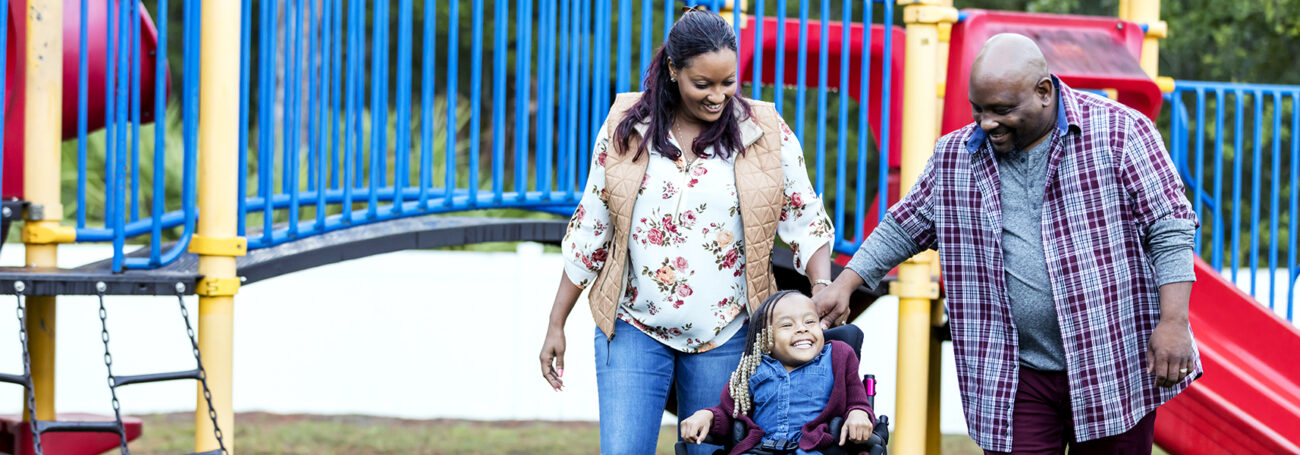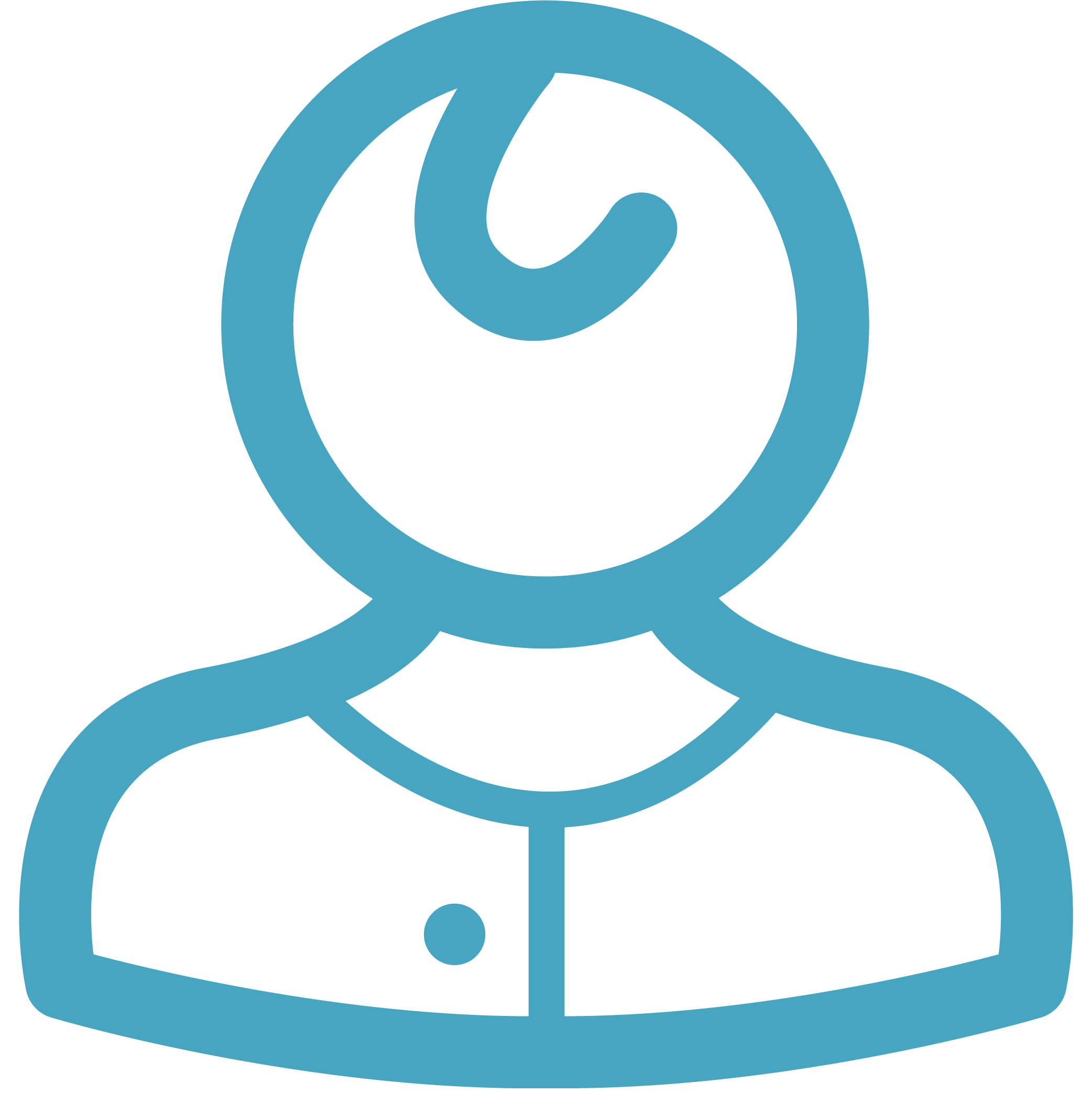
Who Could Benefit?
Early childhood home visiting provides support and connections that can benefit all pregnant and parenting families. Nationally, we estimate over 17.1 million pregnant women and families are potential beneficiaries, including all pregnant women and families with children under 6 years old and not yet in kindergarten.
This broad estimate includes 15.9 million families with young children and 1.2 million pregnant women without young children, according to estimates from the American Community Survey (2019–2023). (Source: The 2019–2023 [American Community Survey](https://usa.ipums.org/usa/index.shtml) is the most recent 5-year file available at the time of analysis. The estimate of pregnant women is based on mothers with infants, with certain adjustments. See the [methodology section](https://nhvrc.org/yearbook/2024-yearbook/methodology/) for more information on methods.)Go to footnote #>1
Many families have more than one child who could benefit from home visiting. If we estimate the number of individual children rather than families, we find over 22 million children could potentially benefit from home visiting. This number includes approximately—
Home visiting has great potential to improve the lives of all young children and families, yet limited resources restrict the number who receive services. As a result, most home visiting services are geared toward particular populations, including young expectant caregivers, young and first-time caregivers, families with infants, and families with insufficient incomes.
Other priority groups may include—
- Single mothers
- Caregivers with limited education
- Families with a history of substance use or child maltreatment
- Children with developmental delays
How Many Families and Children Fall Within the Priority Populations?
It is not possible to present data on some of these families in our estimates using the American Community Survey, which does not collect data on substance use, child maltreatment, or developmental delays. To account for this reality, the 2024 Home Visiting Yearbook contains estimates of five potential priority populations captured by the American Community Survey.
Empowering Refugee Families
 The Clarkston SafeCare project—led by the Prevention Research Center at Georgia State University—adapts the SafeCare home visiting model for Burmese, Congolese, and Afghan parents in Clarkston, GA, a refugee resettlement zone. More than 200 families have already enrolled. Preliminary analysis shows high program completion rates, improved parenting skills, and high participant satisfaction. According to one Congolese mother, “The program was helpful; I learned how to talk with my children, prepare them, and show love to them. We have become close with them.”
The Clarkston SafeCare project—led by the Prevention Research Center at Georgia State University—adapts the SafeCare home visiting model for Burmese, Congolese, and Afghan parents in Clarkston, GA, a refugee resettlement zone. More than 200 families have already enrolled. Preliminary analysis shows high program completion rates, improved parenting skills, and high participant satisfaction. According to one Congolese mother, “The program was helpful; I learned how to talk with my children, prepare them, and show love to them. We have become close with them.”
